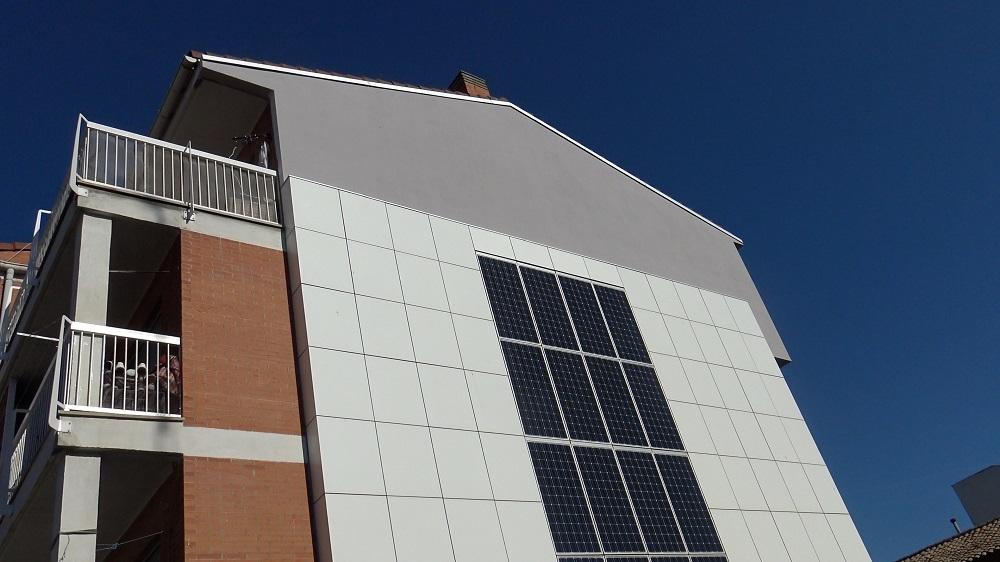Taking complexity out of the building site
youris.com EEIG

Researchers in Europe are developing a new kind of prefabricated energy efficient building façades, equipped with special insulation and solar panels. These solutions are built far from the construction site, in an industrial environment, and can therefore be installed quickly and painlessly for homeowners or tenants
Tackling energy consumption in the building sector in Europe is a real necessity, and researchers in many countries are studying the development and dissemination of energy-saving innovations.
Technicians involved in the European project BuildHeat are testing new solutions for the energy retrofit of multifamily houses. At one of the project's demonstration sites, in Zaragoza, Spain, new “ventilated” façades have been installed. Some of the technologies applied have been managed by engineer Stefano Terletti, from the Italian subsidiary of the German company Halfen.
First of all, what is a ventilated façade?
It is a façade where an insulating layer and an air blade interrupt the physical continuity between the cladding and the wall of the building.
Why use a ventilated façade? What are the advantages?
It effectively protects against water, it has excellent thermal, hygrometric and energetic behaviour. Furthermore, it favours the acoustic insulation of internal rooms, improving the aesthetic appearance of the façade, it is environmentally friendly, and maintenance is simpler.
What is new in the façade installed in Zaragoza?
A traditional ventilated façade is made up of external tiles - stone, marble, bricks, stoneware etc. - and the associated anchoring systems. Everything is usually assembled on the building site. But in Zaragoza, for the European project BuildHeat, everything was pre-assembled at a local workshop.
In addition, the frames are hooked to the façade with a special type of bracket to allow easy disassembly of each individual slab. Finally, in Zaragoza, the tiles were made of Corian, a material resistant to direct sunlight, and whose colour remains substantially unchanged over time.
What are the advantages of this technique? For citizens and professionals?
On site installation is much faster. The time spent on site is radically reduced and therefore there is less burden on the company: think of city construction sites where the economic impact can be very significant. And any disturbance to residents is also greatly reduced. Moreover, at the factory, it is easier to ensure precision of the work. Finally, you are not subject to adverse weather conditions.
What are the future prospects? Is it a technology that can be easily replicated elsewhere?
Everywhere. It obviously requires cost analysis beforehand. But the system is particularly interesting in cases where there are logistical difficulties on site or where inconvenience to residents can be significantly reduced. The expense must be evaluated on a case by case basis, in relation to client requirements.
The high speed of installation on site also reduces the cost of occupying public areas. And finally, doing the work at the workshop rather than at the construction site leads to better turnaround.
By Claudio Rocco



